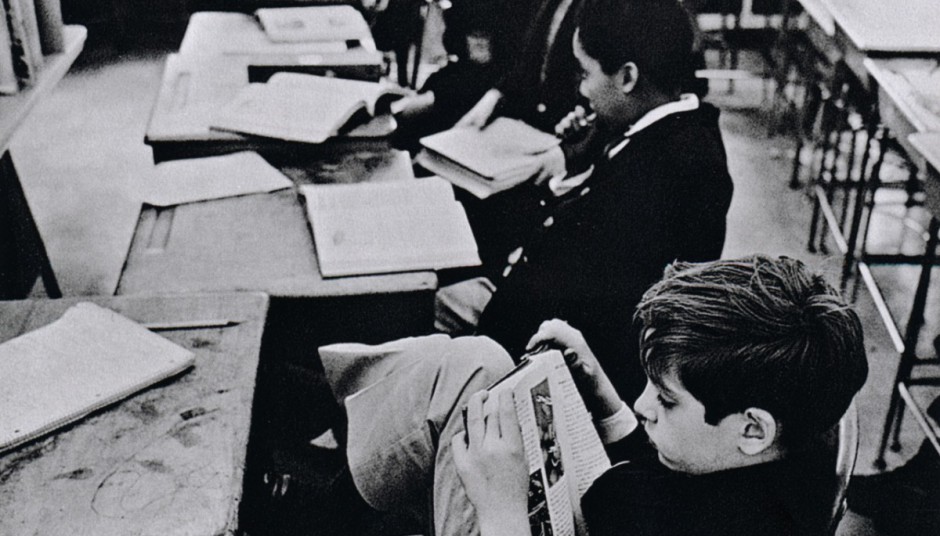After reading Robert Whelan analysis of Robert Capa’s photograph”Death of a Loyalist Soldier” I still believe in it’s authenticity. Many people can dispute the issue, seeing as it was not uncommon for photographers to alter an image to bring about greater impact such as Alexander Gardner did in”Home of the Rebel Sharpshooter”when he rearranged the position of the rifle. While there were no general rules about photographs being manipulated, it was seen as something that photographers should avoid doing. In the article, a chief homicide detective examines the photograph up-close and pointing out the curled fingers towards the palm and stating that “the man’s muscle had gone limp and was already dead.” The involuntary reflex of “flexing his wrist strongly backwards and extending his fingers out straight.” in order to break his fall were not there, strongly implying he wasn’t faking his death. that an alive soldier would have to break his fall. I believe that the photograph may have at first planned to be staged but it went awry and Robert Capa took the photograph in the “decisive moment.” There was a war going on, so generally photographers would take their photos before or after the battle but not while being gunned down. Photographers out on field are not properly quipped nor experienced in combat to be that close to the action.Robert Capa most likely wanted to recreate a scene but he and the soldier were spotted resulting in a gun being fired. While I believe Documentary and War Photography should be as authentic as possible, I don’t mind if it is altered to benefit the people or places that need it such as Sebastiao Salgado’s before and after images of his farm turned national park.
Contact Information
Professor Sandra Cheng
Office: Namm 602B
Office Hours: Mon 10-11 am, Tu/Th 9-10 am or
by appointment
Office Tel: 718-260-5003
Email: scheng@citytech.cuny.edu New York Times Arts
New York Times Arts- Museum of Natural History Says It Is Repatriating 124 Human Remains
- Heirs of Jews Who Fled the Nazis Return Art to Heirs Whose Family Could Not
- Winka Dubbeldam Creates a Minimalist House With a Maximalist Sense of Drama
- Helen Marden, Grieving in Bright Colors and on Her Own Terms
- Native Modern Art: From a Cardboard Box to the Met
-
Recent Posts
Recent Comments
- Leidy on Homework #3: Robert Capa’s Death of a Loyalist Soldier
- Djane96 on Homework #2: Walker Evans’ Subway Portraits
- Djane96 on Homework #3: Robert Capa’s Death of a Loyalist Soldier
- Kelly-Ann on Henry Gomez Homework #3: Robert Capa’s Death of a Loyalist Soldier
- Billy on Homework #3: Robert Capa’s Death of a Loyalist Soldier
Archives
Categories
Meta



